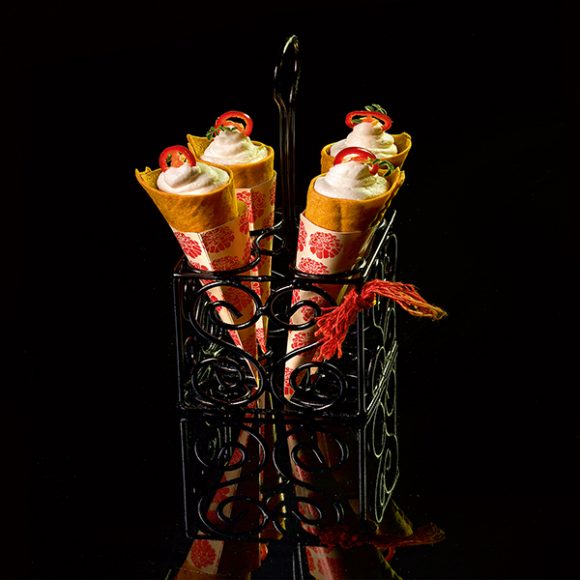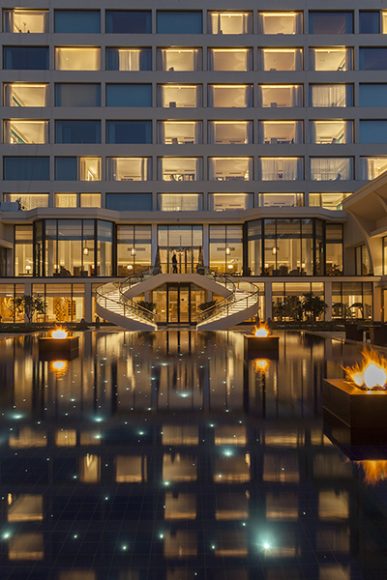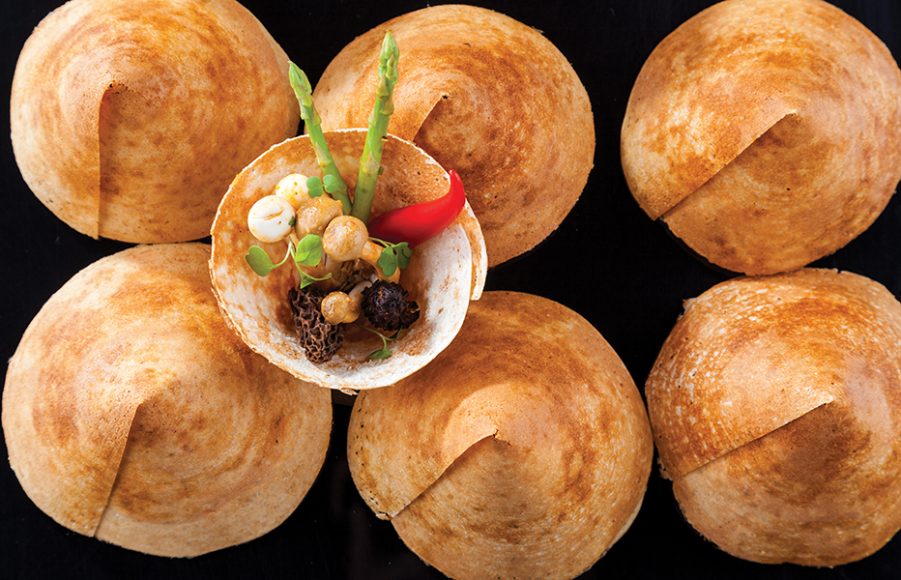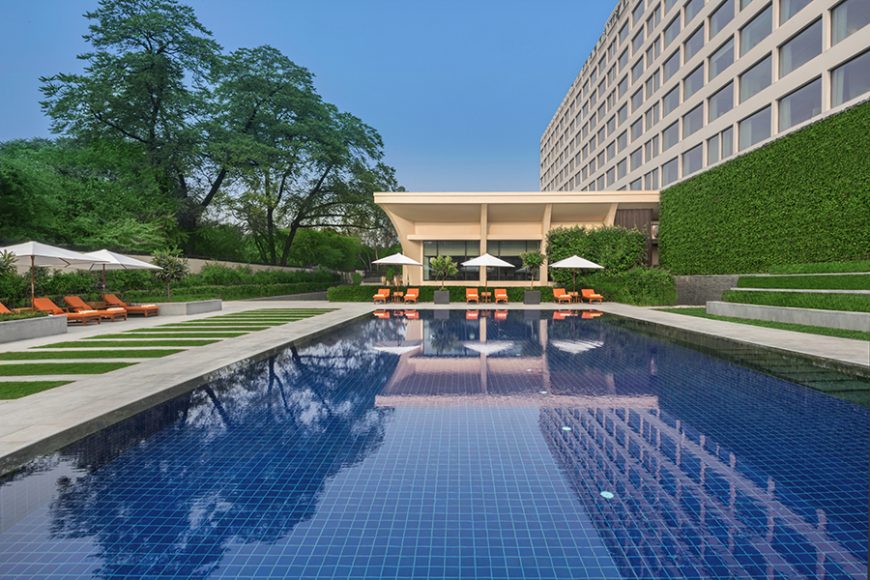Travel is a trick, a mind game, a conceit.
The more we travel the more we discover, but go too far, overstep the mark, be too ambitious and you may land right back where you started.
Earlier this year I took a 14-hour nonstop flight from New York to Delhi, landing in the Indian capital after a substandard dinner and a sleepless night but overall none the worse for wear. At the beginning of the last century, that journey would have taken five weeks. You don’t need to fly 14 hours for culture shock, of course — I can drive 20 minutes to Little Italy in the Bronx to experience an exotic, authentic milieu that is culturally quite distinct from my own — but it’s fair to say that more often than not the depth of the cultural experience is in direct proportion to the distance traveled.
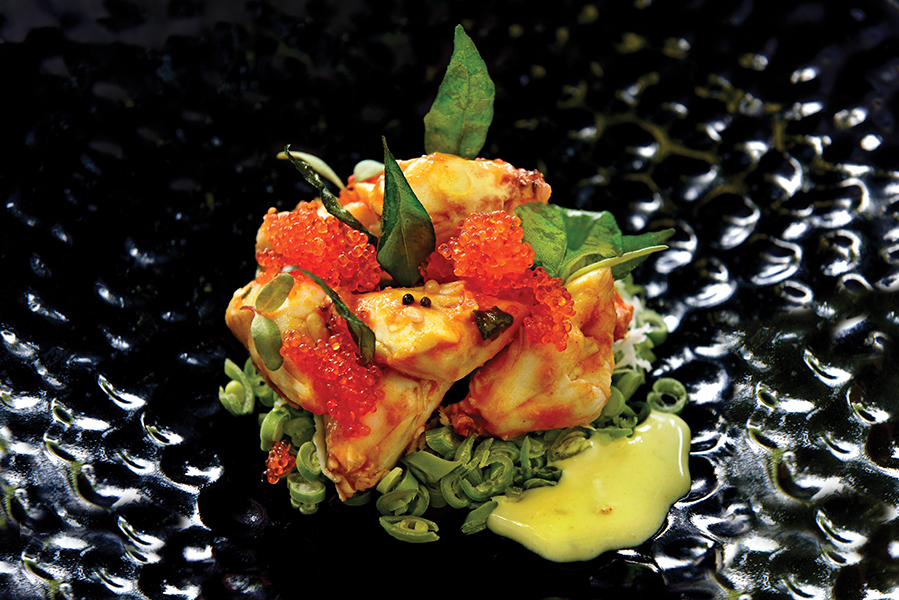
In New Delhi — where more than 100 varieties of wheeled vehicles, from handcart to auto-rickshaw to monster trucks — choke the city’s streets, and an eight-lane highway can grind to a halt because a cow decides to stroll across the road, the drive into the city from the airport can set even the most mellow nerves a-jangle. But as soon as you enter The Oberoi hotel’s cool and elegant lobby, which is looking resplendent but confidently unflashy after the recent multimillion-dollar facelift by New York-based Adam Tihany, you’re suffused with calm. At The Oberoi, New Delhi, you never carry a parcel or wait more than 10 seconds to speak to a concierge or have to explain anything to anyone more than once, because an army of sweet and smiling staffers, as intuitive as they are professional, are on hand to look after your every whim.
I was in New Delhi to take a look at the city’s food scene, which is currently in overdrive, and where better to start than at The Oberoi, with its wonderful Indian restaurant, Omya, its rooftop Chinese-style Baoshuan and its new open-air rooftop bar Cirrus9. But it’s to its spiffily re-designed ground floor café, threesixtyº, that I’m always drawn, for breakfasts of exotic juices, including jackfruit, papaya, tangerine and Java plum; for fruit-packed homemade jams and for perfect idlis, appams and dosas, straight out of the oven or pan.
If New Delhi has been slow in attracting attention as a major world food city, it’s playing catch-up fast. Restaurants of all hues are opening apace and an international, multi-ethnic restaurant scene is booming. And it’s not just about eating out. The topic of good food in general has become burning hot, an irony that is not lost on me in a country where, according to the Global Hunger Index, up to 22 percent of the population may be undernourished. Then again, no one in Delhi need go hungry. One of the missions of the temples is to distribute food — the Gurudwara Bangla Sahib Sikh temple alone feeds more than 10,000 people a day — and I’m informed, I hope reliably, that there is enough for all.

Over in trendy Khan Market, where the grocery stores sell Tuscan first cold press olive oil at 1,500 rupees ($25) a bottle, alongside traditional basmati rice at a few pennies per pound, I’m having lunch at the newest branch of SodaBottleOpenerWala, one of Delhi’s hot restaurants. “No Swearing, Gambling, Asking for Credit, Politics or Loud Music” say quaint signs on the stairs as you enter SodaBottle, restraints the restaurants itself does not entirely heed, with Indian pop music blaring through most of lunch. A take on the old Irani cafés of Bombay, SodaBottle’s haphazard decoration of Art Nouveau lamps, old clocks and Edwardian wedding ephemera is echoed in chef Anahita Dhondy’s random menu. A native of Delhi, she has returned after several years away to cook tareli macchi, Parsi-style, crisp-fried fish, tangy sweet and sour prawns and a piping hot Irani “wrestler’s omelette” with onions, chillies and coriander. But there’s also a playful nostalgia for British India, or the Raj, with ginger nuts, Shrewsbury biscuits and English pound cake for “pudding.” Not only have I traveled nearly 8,000 miles to Delhi, but at the SodaBottle I also feel I have traveled through time, too, returning in a culinary sense to the food of my English childhood.
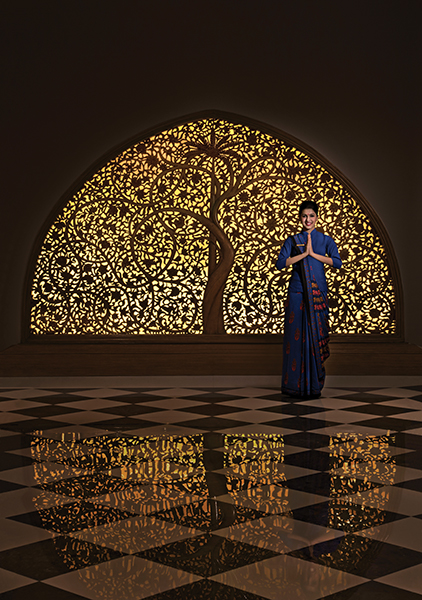
Back in Khan Market the following day, I resist the pleasures of passion-fruit macaroons and what has to be Delhi’s best lemon tart at L’Opéra, walk on by Harry’s Singapore, where they do a marmalade martini that will lay you flat in 30 seconds, and head for the Smoke House Deli instead. This Delhi deli is the place for cracking East-meets-West all-day breakfasts, where you can follow buttermilk pancakes with an “old school Masala,” a fluffy omelet complete with sali (potato sticks), or dive into a “Coronation” chicken salad. The Anglo-Indian and American-styled dishes seem to co-habit harmoniously on the same menu.
The Indian capital is a vast and complex city, much of it designed by Englishman Sir Edwin Lutyens in the 1920s and ’30s, rippling out in concentric circles from its heart at Connaught Place. In the late morning in early spring, the city is already broiling under a fiery sun. Dirty and flyblown this metropolitan area of nearly 20 million souls can appear on its streets, yet you’ll find it lickety-spit in its mosques and temples and its Raj-era marble palaces.
And it’s a model of spotlessness here too at the Manor, in the Friends Colony of New Delhi, where I recently enjoyed a light lunch of yam curry and gluten-free roti. The Manor, which is currently under renovation and will reopen in July, is under the same ownership as Indian Accent, TripAdvisor’s No. 1-rated restaurant in India, where one of the country’s most celebrated chefs, Manish Mehrotra, wears the white.
Indeed, Indian Accent has been doing some traveling itself. It now has satellite branches in New York and London while the original, in New Delhi, has recently moved from The Manor to the glittering, centrally located Lodhi.
But while there is still a respect — and appetite — for classic regional cooking, times are changing. Over in Gurgaon, the city’s modern business district, where “Old” Delhi seems abruptly to come to a halt and which feels like lower Manhattan in places, you’ll find amaranta, the swanky Indian restaurant at the eye-popping Oberoi, Gurgaon, built around an unswimmable but totally Zen “reflection pool.” From the lightest fish biryani to barramundi, lightly steamed in a fragrant banana leaf, this “new,” lighter Indian food sings.
However, in Cyber City, Gurgaon’s and New Delhi’s techno-hub, which houses some of the top IT and Fortune 500 companies, you get the sense you’ve suddenly time traveled into the future. Here, spectacular office blocks and sun-reflecting residential skyscrapers thrust heavenward, plasma screens broadcast news and share prices on street corners and the streets themselves — seriously — are air conditioned. You’ll find anything you want in Gurgaon these days, but in Cyber City the one thing that’s increasingly difficult to find is an Indian restaurant.
You see, I’ve traveled too far. Overstepped the mark. And the more things have changed, the more they’ve stayed the same. I’m in need of a curry. It’s time, I think, to return to New York.
For more, visit oberoihotels.com, sodabottleopenerwala.com, smokehousedeli.in and indianaccent.com.

